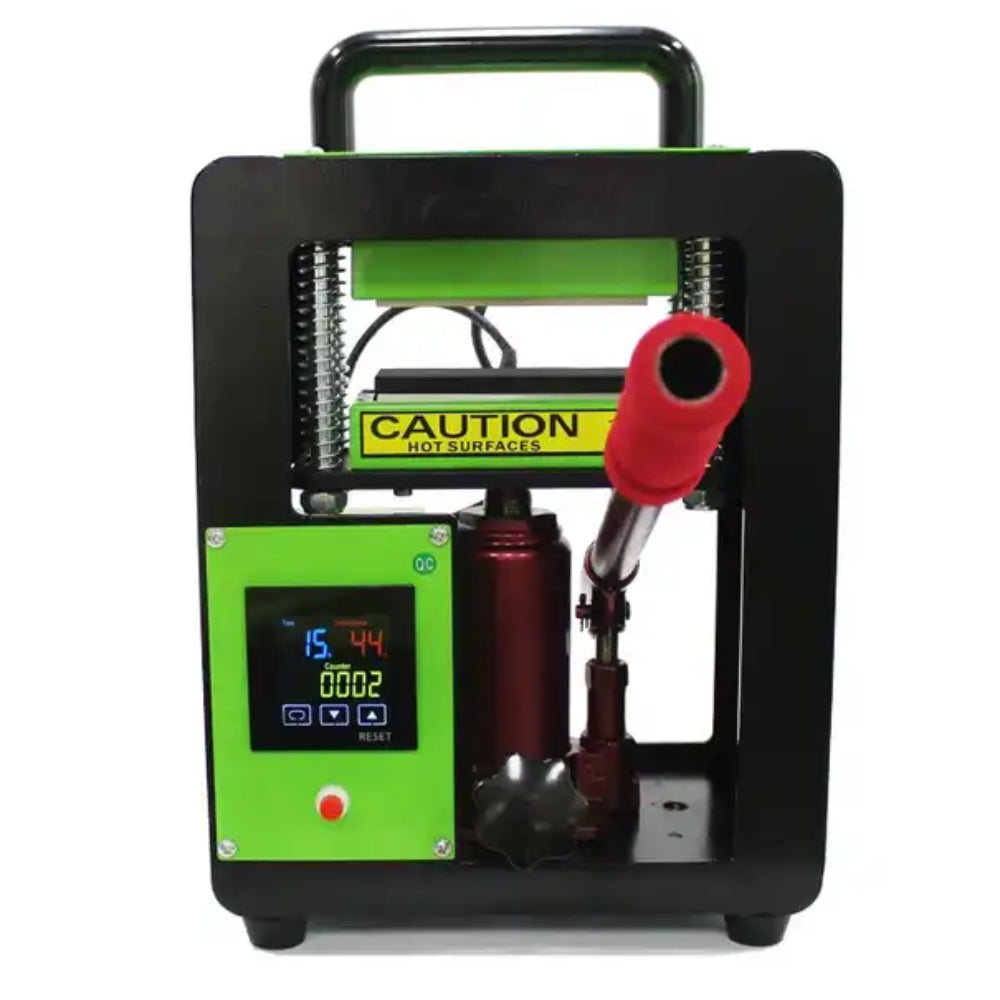When it comes to choosing the best rosin press equipment, there are a few key factors to consider. First, consider the quality of the equipment and its ability to produce high-quality rosin. Look for equipment that is durable and easy to use. Additionally, consider the cost of the equipment and whether it fits within your budget. Finally, research different brands and models to find the best one for your needs.
To make rosin, which is a concentrated plant extract produced through a solventless process, you’ll need some specific equipment. Here’s a basic list of the essential items:
1. Flat Heat Press
– A flat heat press is a crucial piece of equipment for making rosin. It applies heat and pressure to the cannabis material to extract the resin.
2. Parchment Paper
– Parchment paper is used to contain the cannabis material during the pressing process. It is heat-resistant and prevents the rosin from sticking to surfaces.
3. Quality Plant Material/Flower
– The starting material for making rosin is typically high-quality cannabis flower or hash. The better the starting material, the higher the quality of the rosin.
4. Rosin Bags or Screens
– These are micron-sized bags or screens that hold the cannabis material during pressing. They help filter out plant material, leaving you with a cleaner rosin.
5. Temperature Control
– Some heat presses come with temperature control features. Controlling the temperature is important for obtaining the desired consistency and flavour in the rosin.
6. Timer
– Having a timer can help you maintain consistency in your extraction process. It ensures that you press the cannabis material for a consistent amount of time.
7. Collection Tools
– Tools like a dabber or a collection scraper are used to gather the rosin after extraction. These tools should be made of materials that won’t contaminate the rosin.
8. Pre-press Mould
– a pre-press mould is a too used to shape your plant material into a “puck” that makes the extraction process more efficient.
9. Storage Containers
– To store the final rosin, you’ll need non-stick containers made of materials that won’t react with the extract.
10. Gloves
– Wearing gloves helps maintain cleanliness during the extraction process and prevents contaminants from getting into the rosin.
11. Pressing Surface
– A sturdy and heat-resistant surface for the press is essential. Some people use a sturdy table or workbench.
It’s important to note that the equipment you choose should be suitable for the scale of your operation, whether you’re making rosin for personal use or on a larger scale. Additionally, always prioritize safety and follow best practices when working with heat and pressure.

